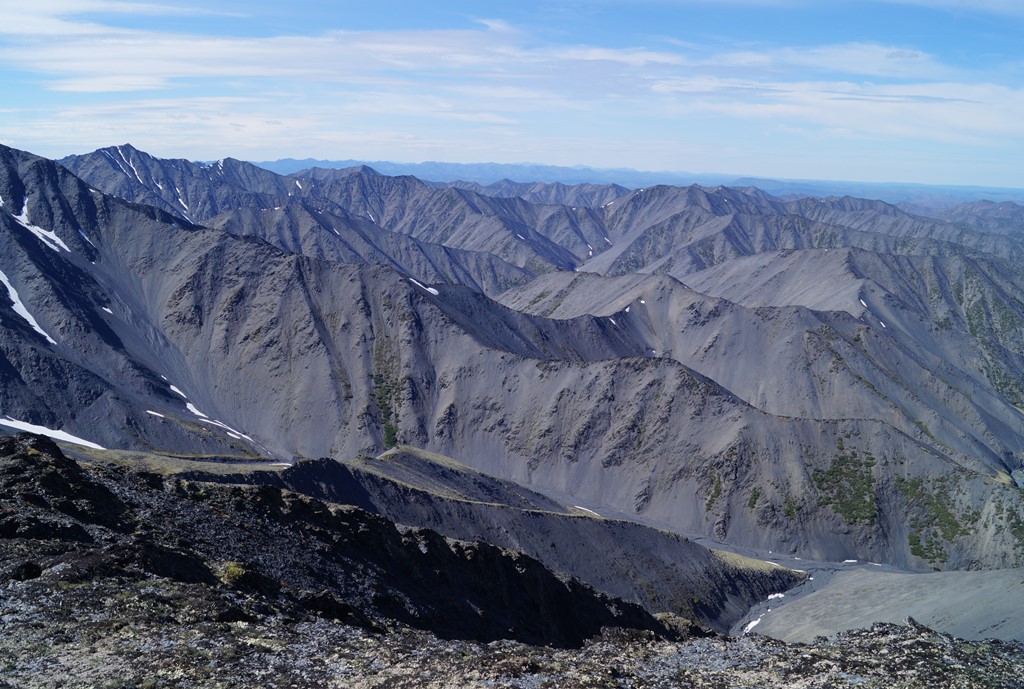Tomsk and Altai State University scientists have researched a new subspecies of a rare Arctic butterfly that can be found only in Yakutia. The discovery was made by a naturalist and traveler from Lipetsk, Yuri Bakhaev. The previously unknown inhabitant of the northern fauna was is described in a research article published in the journal Ecologica Montenegrina (Q1).
"The Arctic Apollo (Parnassius arcticus) is a unique northmost specimen that can be found only in the polar region of northeastern Yakutia," explains Roman Shavlov, doctor of biological sciences and TSU Biological Institute staff scientist. "Several populations are known to be living within a 200-500 km range in the Verkhoyanskiy, Momskiy, and Suntar-Khayata high-altitude mountain ranges. These are out-of-reach areas, and the biodiversity there still needs further study."

Apollo's monophagy is what makes it special: The caterpillars need just one plant-Corydalis gorodkovii-to sustain themselves. Additionally, Parnassius arcticus is pretty much the only butterfly to inhabit the high-altitude mountain ranges of the northeastern Yakutia.
Yuri Bakhaev, the naturalist and journalist from Lipetsk who made this rare finding and discovery in the field of systematics, also contributed to writing the article. He has dedicated many years to studying the nature of the North, choosing the most remote and unexplored destinations.
"The previously unknown subspecies of the Northern butterfly was found in the upper region of the Arga-Tas mountain massif," shares Roman Shavlov. "The subspecies has clear differences in both appearance and genetic makeup from other members of the Arctic Apollo. We decided to let the amateur naturalist from Lipetsk, who spent several decades studying nature in the North, describe the inhabitant of the Northern fauna. As a tribute to him, we decided to name the subspecies Parnassius arcticus shavlovi."

The morphological and genetic makeup of the subspecies is described in the article "A new subspecies of Arctic Apollo-Parnassius arcticus (Eisner, 1968) (Lepidoptera, Papilionidae) from the Arga-Tas Range (North-Eastern Yakutia)", published in the journal Ecologica Montenegrina.
Northern fauna is very sensitive to temperature increases, and scientists use it to study climate change. New fundamental data obtained during the study will be the entry point for researching the Northern fauna and monitoring environmental transformations in the Arctic region.
The research was part of the strategic project Global Earth Changes: Climate, Ecology, Quality of Life implemented at TSU with the support of the federal program Priority 2030.
Photo by Roman Shavlov and Yuri Bakhaev






